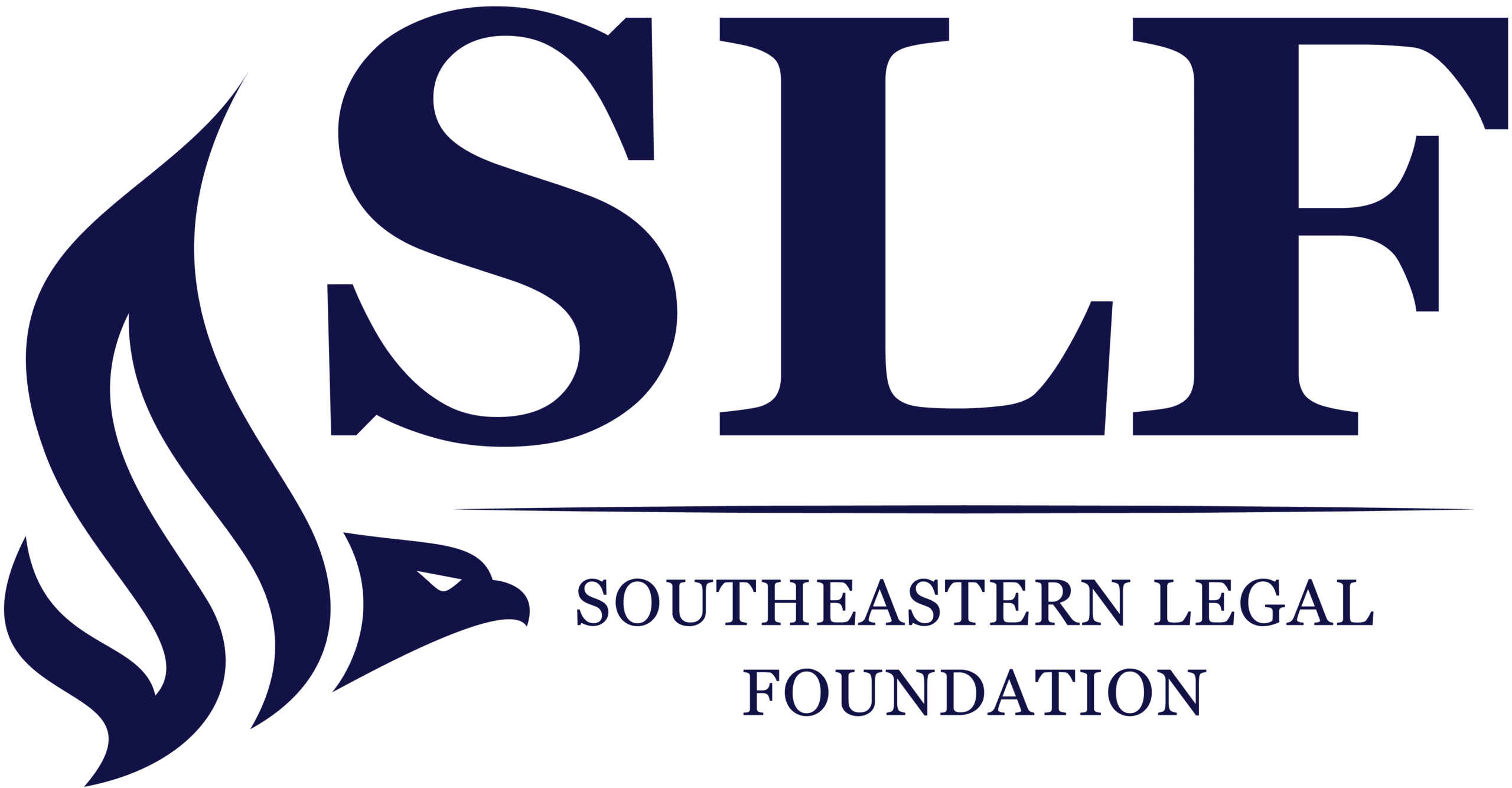RICHMOND, VA (June 20, 2022): Southeastern Legal Foundation (SLF) submitted an amicus curiae brief to the Fourth Circuit Court of Appeals today in support of Coalition for TJ, a group of parents represented by Pacific Legal Foundation who are suing a prestigious high school for engaging in unconstitutional racial discrimination.
Thomas Jefferson High School (“TJ”) is a magnet school in Fairfax County, Virginia that is consistently ranked one of the best public high schools in the nation. Due to its high caliber, students in the surrounding area must apply for admission.
But following racial unrest in the summer of 2020, the Fairfax County school board abruptly changed TJ’s admissions policy. It held several meetings and conversations about how TJ needed to be more “diverse” and accept more “underrepresented” students. But the student body was already over 70% Asian-American. The board made it clear that when it talked about increasing admissions for “underrepresented” students, it really meant admitting more black and Hispanic students and decreasing the number of enrolled Asian-American students.
Knowing that it is plainly unconstitutional to adopt a race-based quota in its admissions policy, the Fairfax County school board adopted an admissions policy that seems race-neutral on its face. But in reality, the policy achieved exactly what the board members wanted: an increase in representation of some races among the student body and a decrease in Asian-American students.
In its amicus brief, SLF explained that policies aimed at grouping students by race to balance out a student body are unconstitutional. Through racial balancing, government schools openly engage in social experiments in violation of the Equal Protection Clause.
Additionally, racial balancing is unconstitutional because if allowed, it would never end. As the United States Supreme Court has explained on several occasions, and SLF reminded the Fourth Circuit in its brief, demographics naturally change. For a school to constantly maintain proportional representation of each race among its student body would require constantly grouping students by skin color.
As SLF Attorney and Director of the 1A Project Cece O’Leary explains, “Brown v. Board of Education established nearly seventy years ago that schools cannot sort students by race. Hiding behind buzz words like ‘diversity’ and ‘underrepresentation’ does not make racial balancing any more constitutional just because it sounds nice.”
